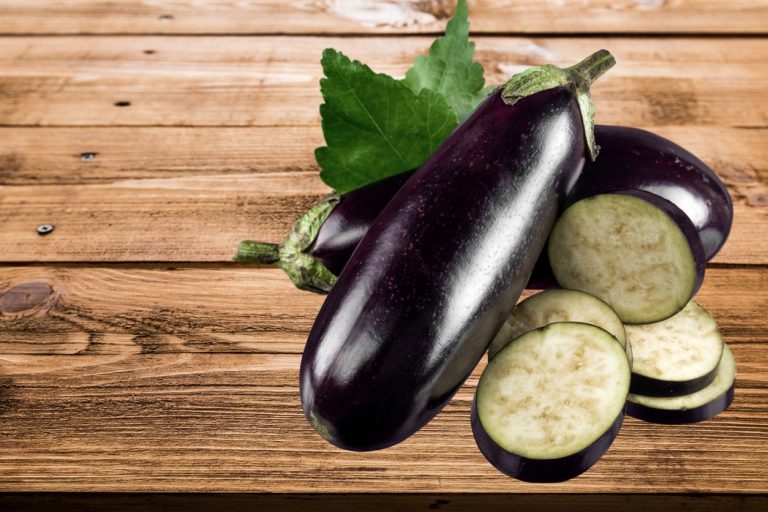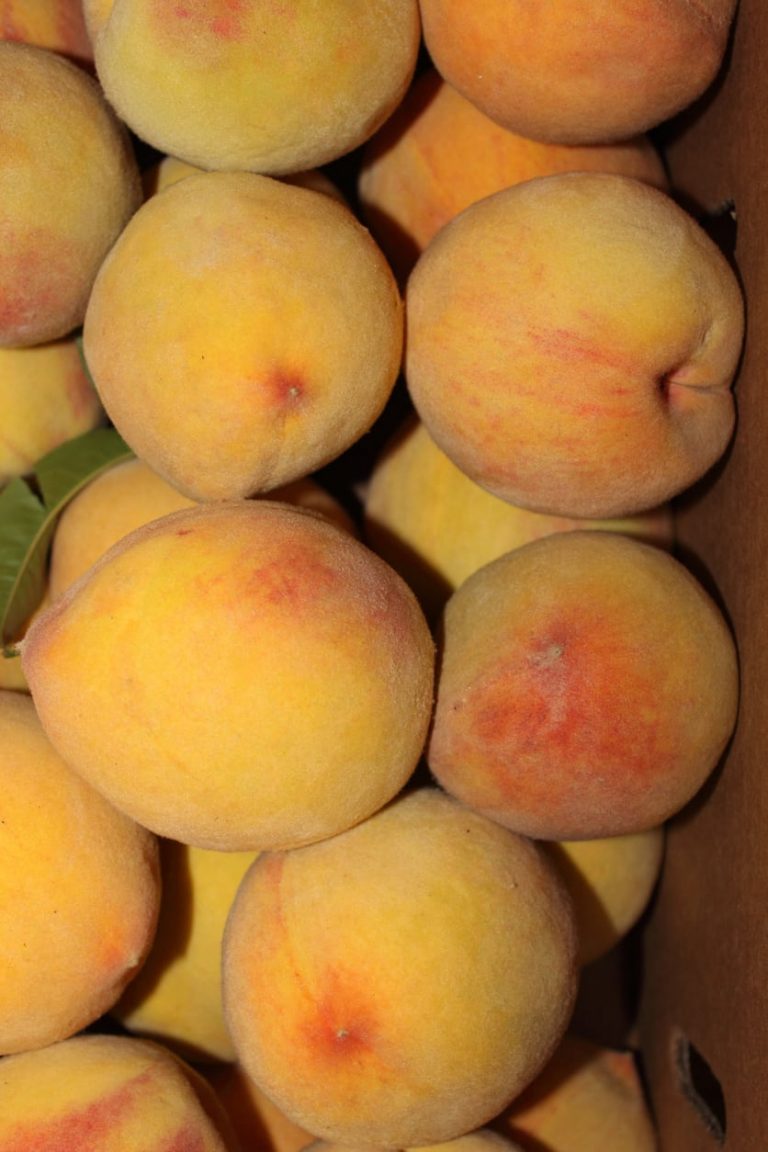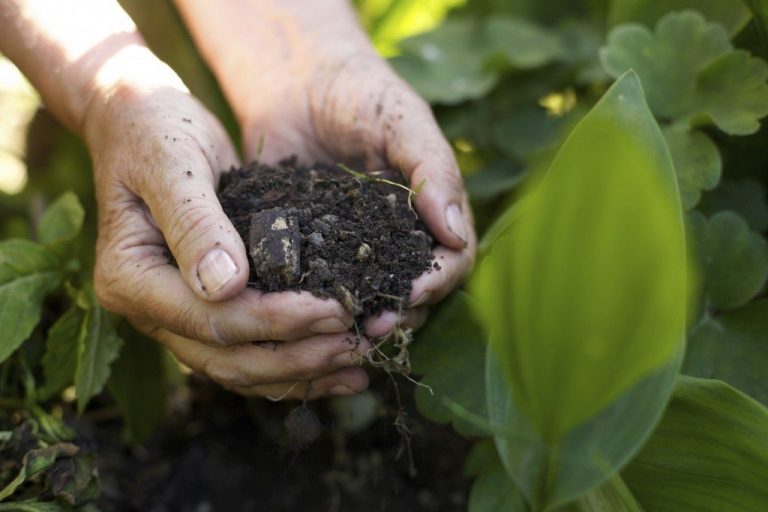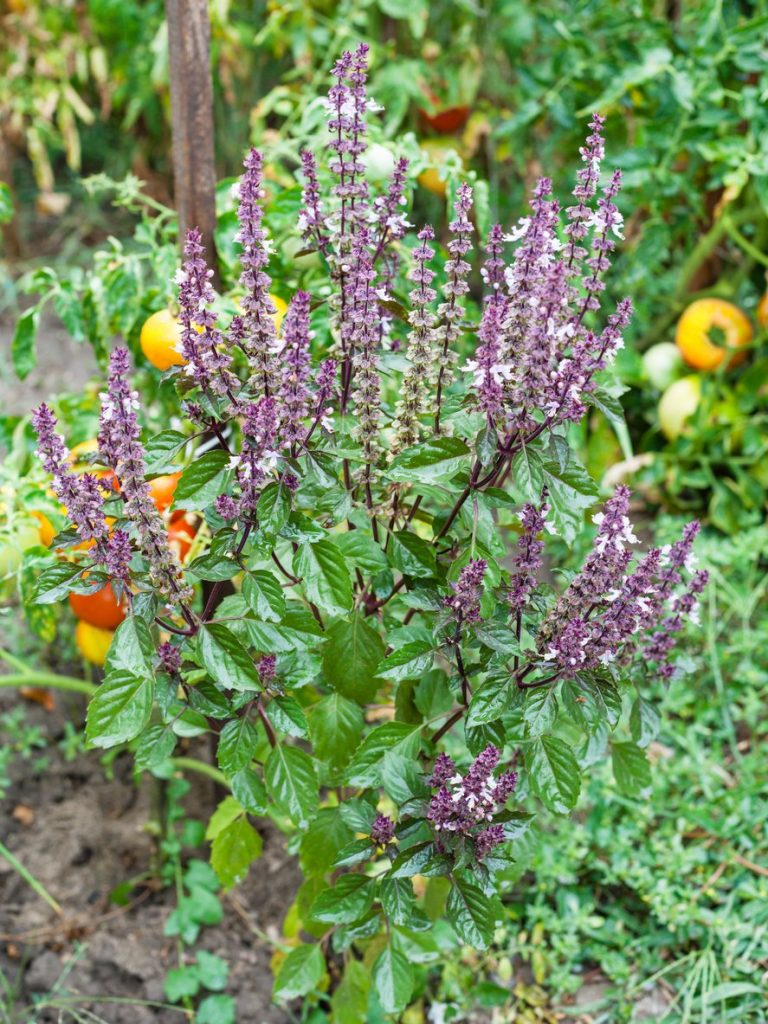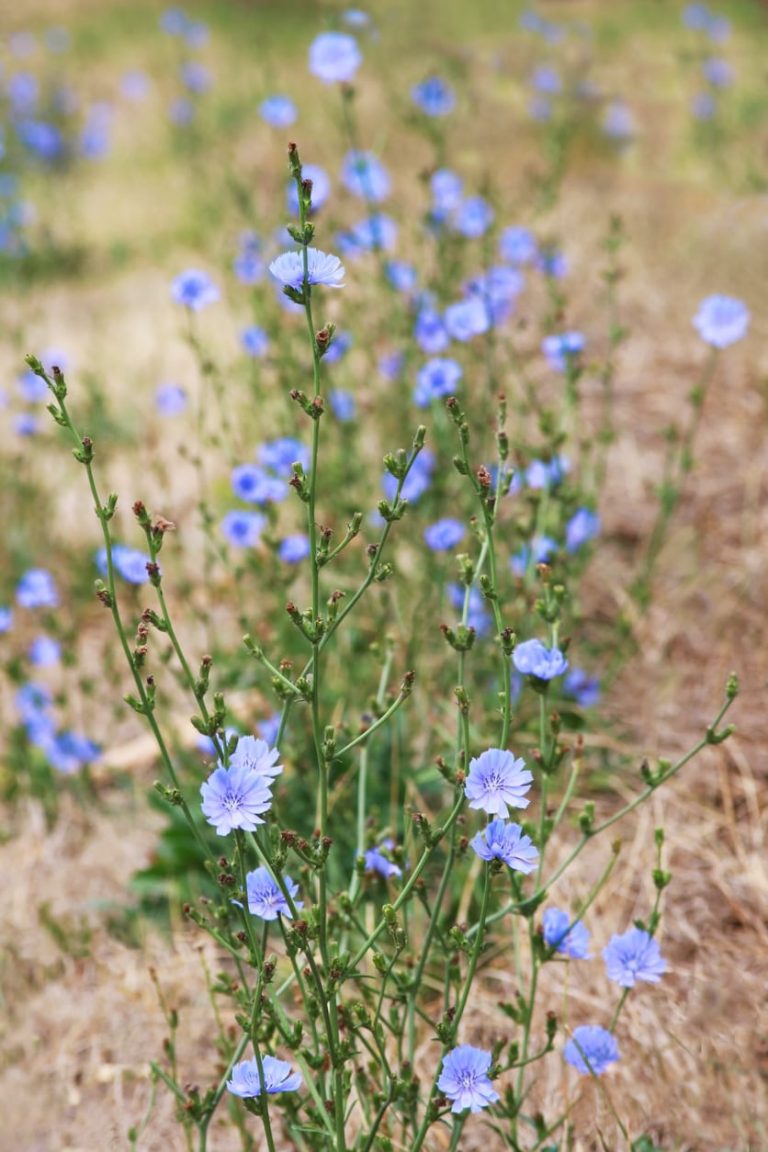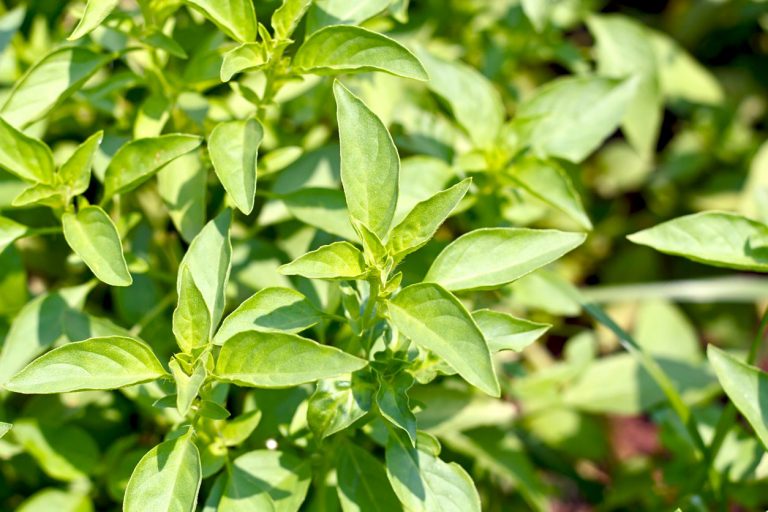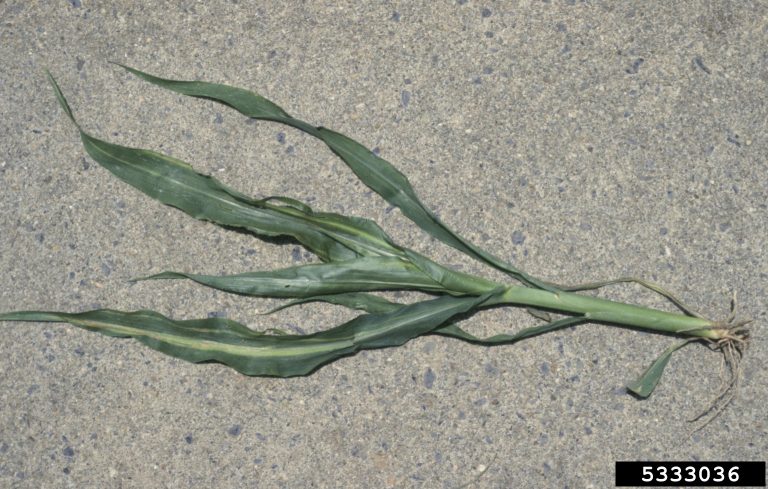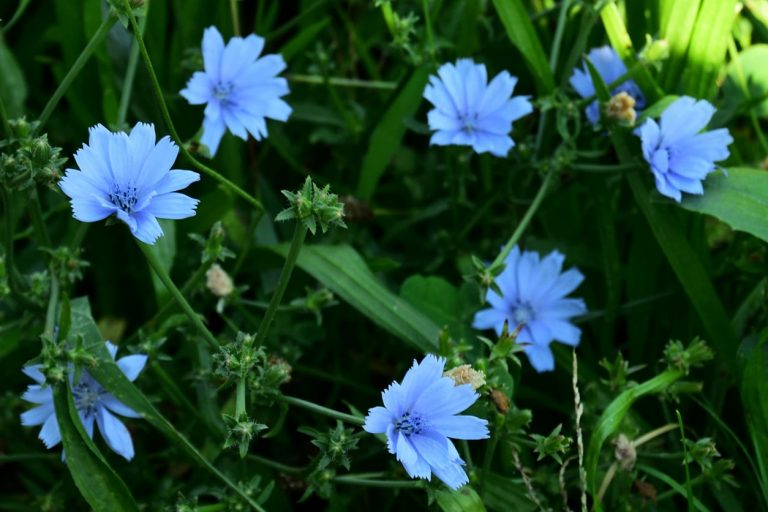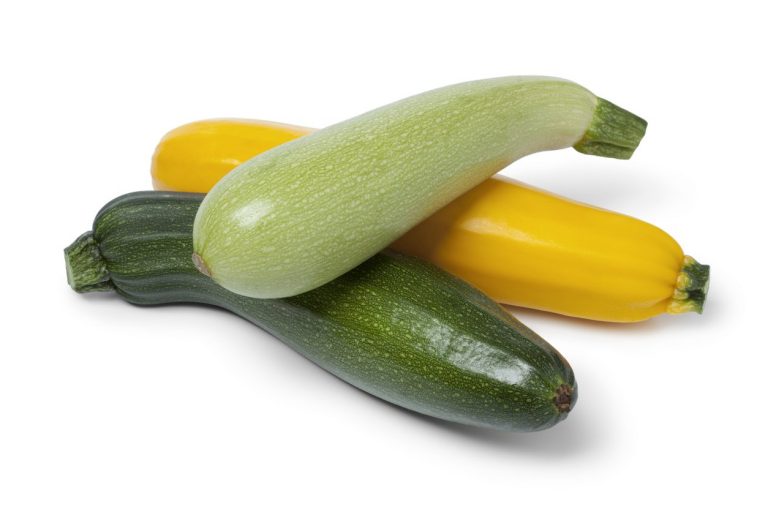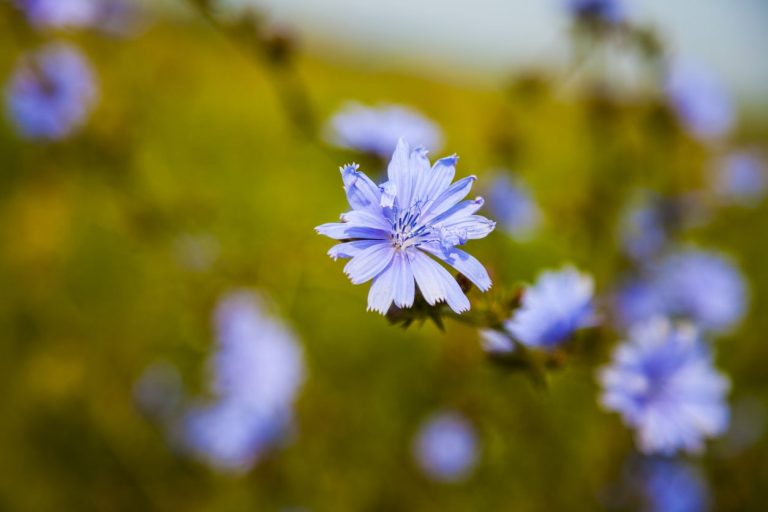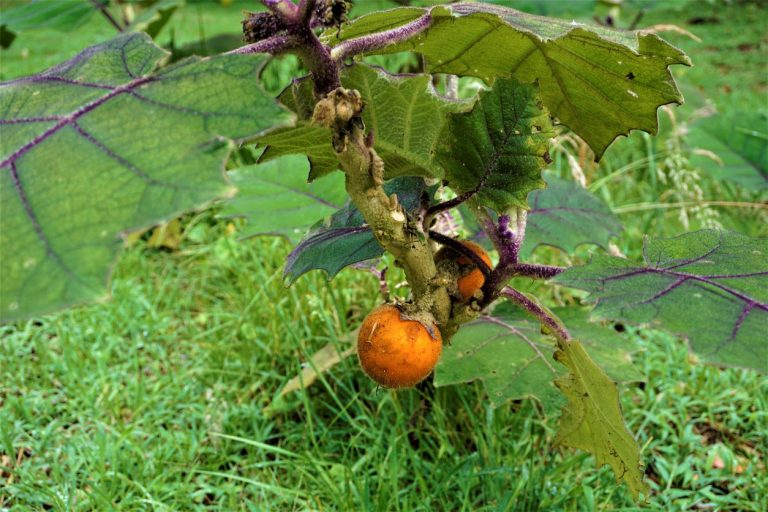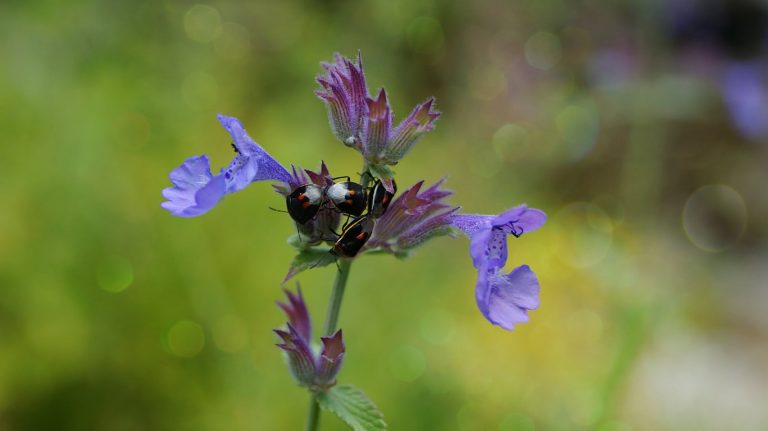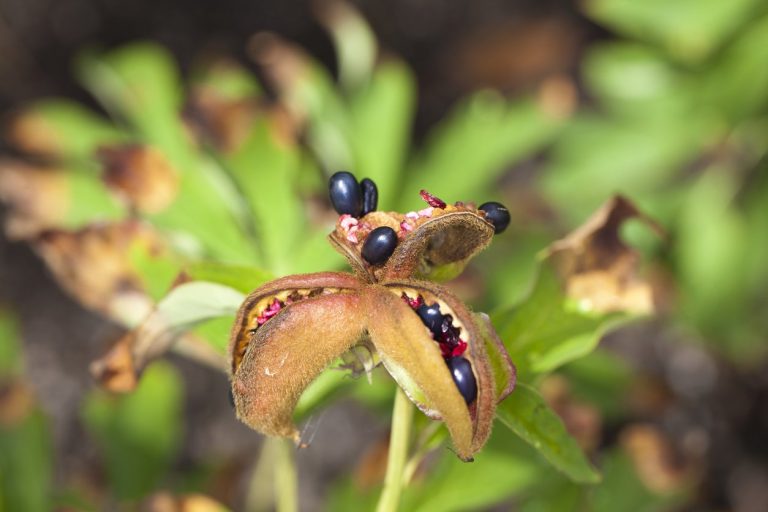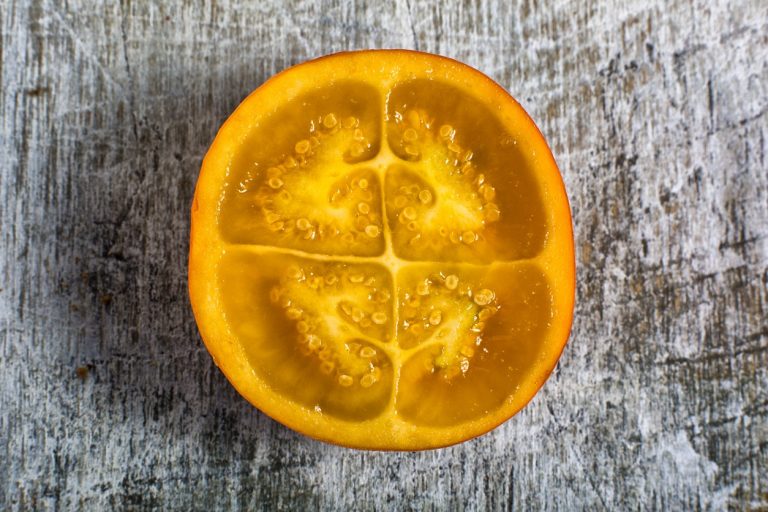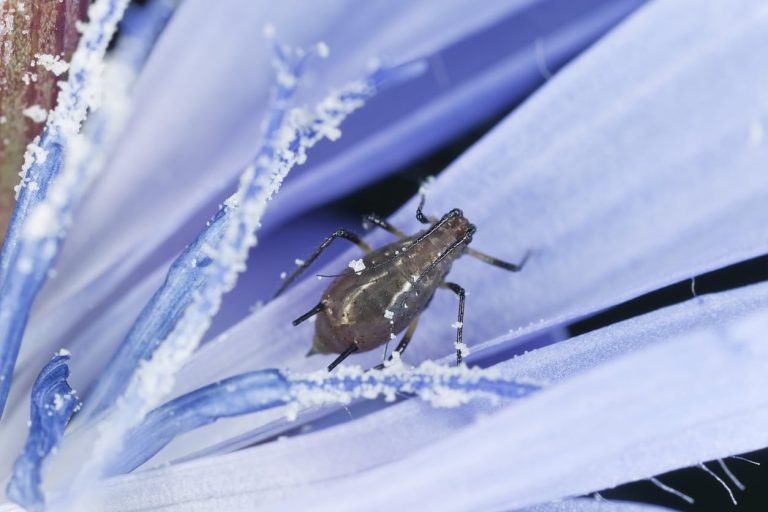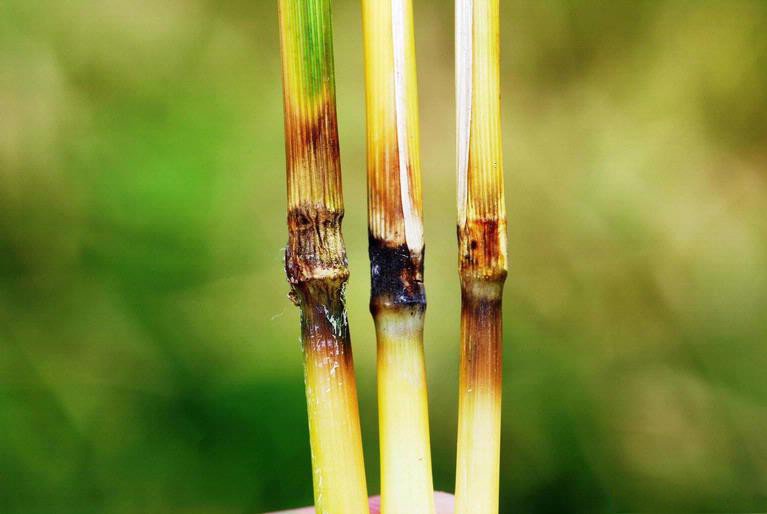[ad_1]
Perhaps you’re brand-new to eggplant, both food preparation and also expanding it. It is an eye-catching plant generating a healthy edible fruit. You might also grow it in a container and also place it in a famous place, if preferred. There are many Italian eggplant selections to expand and also several means to prepare them.
What is an Italian Eggplant?
Many varieties of eggplant are offered, with the Italian kind usually made use of for preferred cooking recipes. There is one called Baby eggplant, even more tender and also yummy than many others. Eggplant Parmesan is a timeless for Italian eggplant makes use of, together with a preferred recipe called Eggplant Rollatini and also one called Caponata. Some Italian kinds are bigger and also offer a significant quantity of meat (what the edible component is called).
There are early, mid-season, and also late manufacturers. There are white ones, purple ones, and also some with multicolor or candy striped skin. A lot of have a uneven or roundish fat form, yet Lunga Violetta is round and also slim, designed virtually like a pepper. The skin is deep purple and also the meat is a velvety shade, sampling abundant and also nutty. It is a treasure range and also expands in the yard in USDA area 5 and also all the means southern.
Eggplant benefits you. It has the flavanoid anthocyanin, the plant pigment that makes blueberries blue and also assists make them a super-food. Foods including anthocyanin usually reduced high blood pressure substantially and also potentially also stop cancer cells. Italian eggplant has Vitamin C and also B6 together with potassium and also fiber.
Italian Eggplant Growing
These plants require problems comparable to those attended to tomatoes and alsopeppers Eggplant is a vining plant, usually generating a lots fruits per creeping plant. Those left will certainly be larger with the plant’s power routed to them if you restrict the fruits by squeezing out expanding factors. Italian eggplants require betting, so find a durable risk or cage at an early stage for each and every plant prior to fruits create.
When the dirt has actually heated,
Plant seed startings in the bright yard. You might buy seed startings or begin plants from seed inside for the very best Italian eggplant range choice. Specifically in locations with brief expanding periods, begin seeds inside 2 months prior to you expect temperature levels to warm up the yard dirt. You might additionally grow right into big containers, at the very least 5 gallons. Usage dark tinted pots to attract the sunlight to these warm fans. Complete sunlight is needed for appropriate Italian eggplant expanding.
Plant seed startings in abundant dirt, modified with well-composted products. Operate in a tbsp of 10-10-10or make use of pelleted plant food with along-term launch. Maintain the dirt regularly wet, not soaked. Feed once a week to two times a month with a high potassium fertilizer or usage compost tea when fruits start to establish.
Some Italian eggplant resources suggest the fruit might prepare in 70 days; nonetheless, others claim the harvest is 16 to 24 weeks after growing. Discover this info regarding your certain kind prior to growing. When it no much longer jumps back from the mild press of your finger, you’ll understand eggplant is ripe.
Varieties of Italian Eggplant
You might select seeds of these Italian kinds:
Purple
White
Multi-color
Black
[ad_2]
